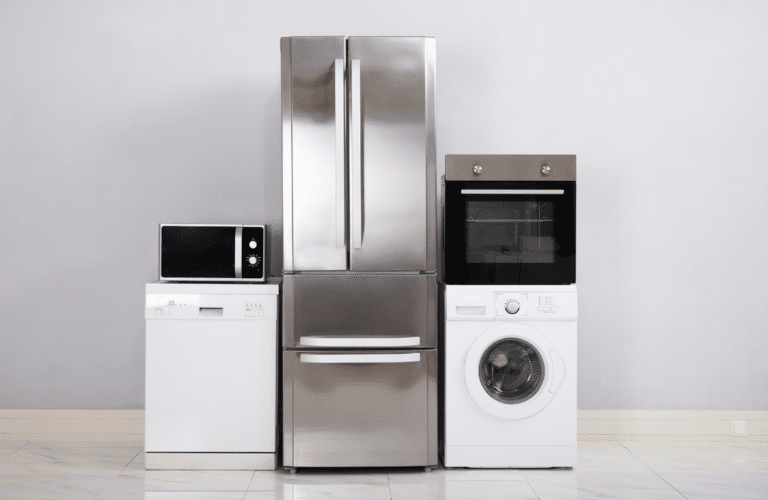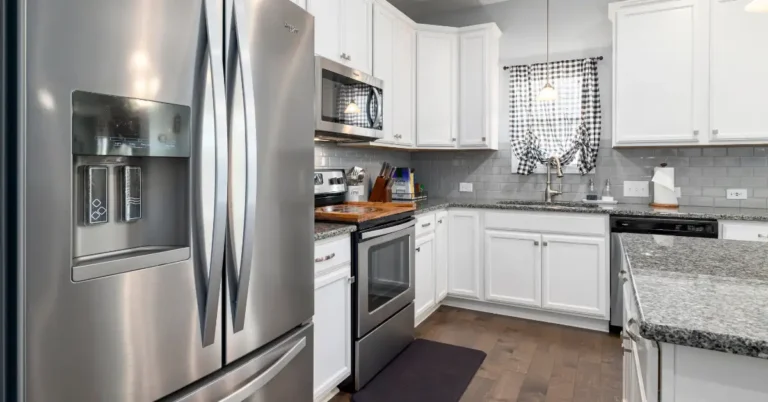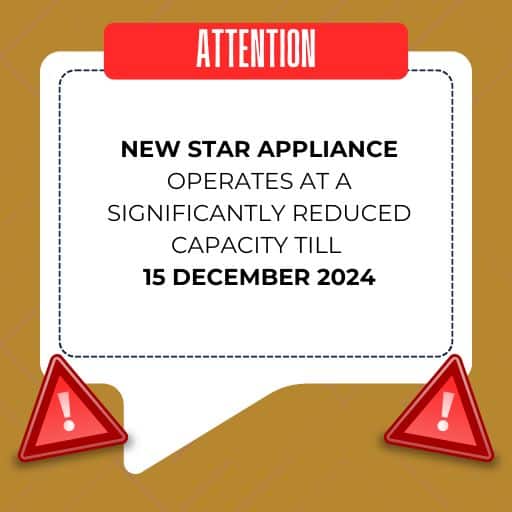Frigidaire Dishwasher issues can be frustrating, especially when your appliance isn’t performing as expected. After tidying up from dinner, you load the dishwasher, but when you later go to unload it, you’re met with a surprise: a puddle of water and dishes that haven’t been cleaned. This usually indicates that your Frigidaire dishwasher isn’t draining as it should.
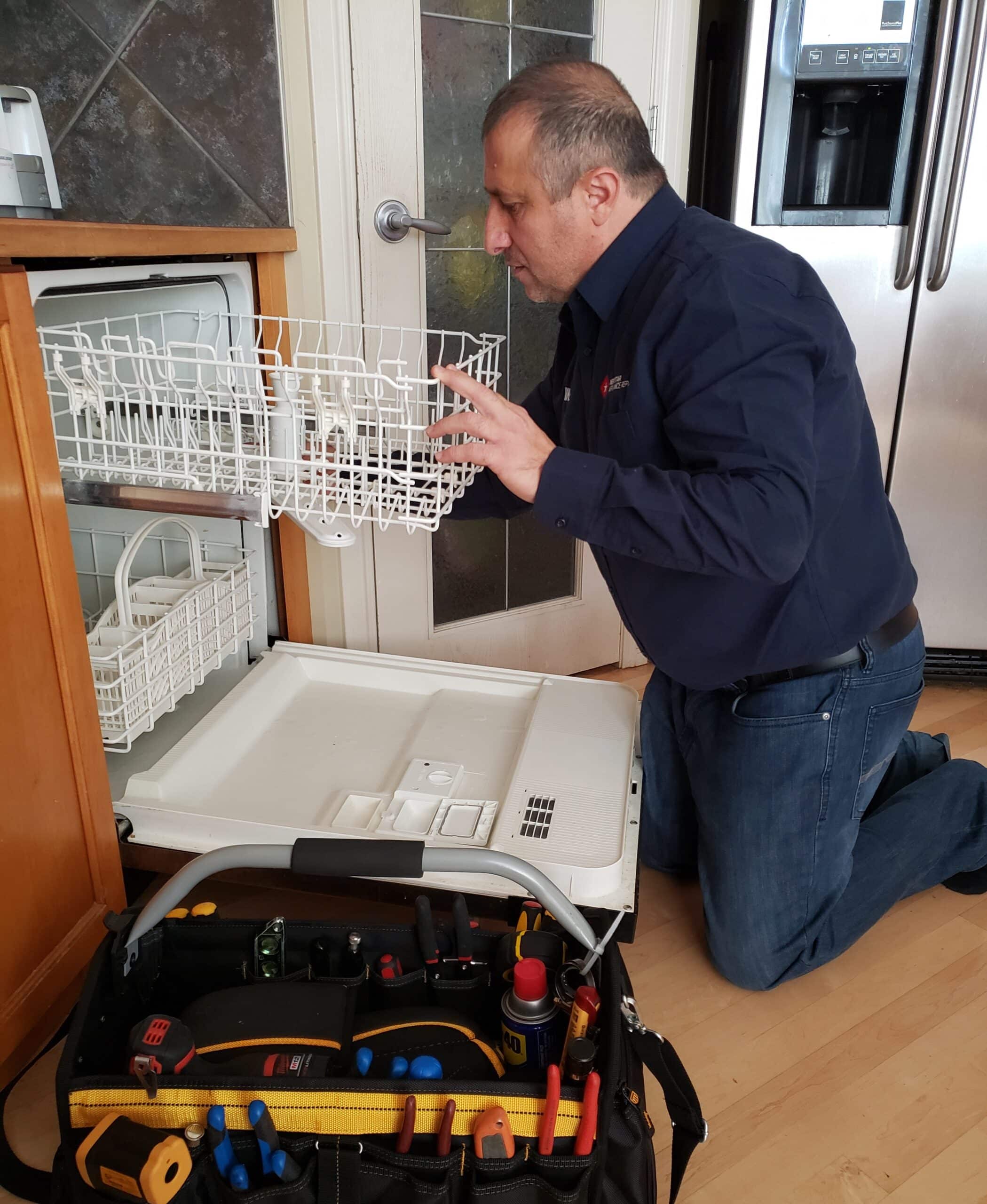
Preventing Clogs in Your Dishwasher
Clogs in your Frigidaire dishwasher can be frustrating, but luckily, they are preventable with some straightforward measures. Here’s what our experts recommend:
Begin by only rinsing off large food particles from your dishes before loading them. This allows the dishwasher and the detergent to perform optimally, as they are designed to tackle some amount of food residue.
Check the dishwasher and its components regularly to ensure they are functioning correctly. Look for any signs of buildup in the filter or misalignment in the sprayer jets, and address these issues before starting a wash cycle.
Using hot water in your cycles can help dissolve lingering residues and prevent future clogs.
Make it a habit to clean both the interior and exterior of your dishwasher, including the filter, at least monthly. This regular maintenance helps avoid the accumulation of debris that could lead to clogs.
Lastly, operate your Frigidaire Dishwasher frequently. Regular use keeps the mechanics running smoothly and prevents the issues that come with inactivity.
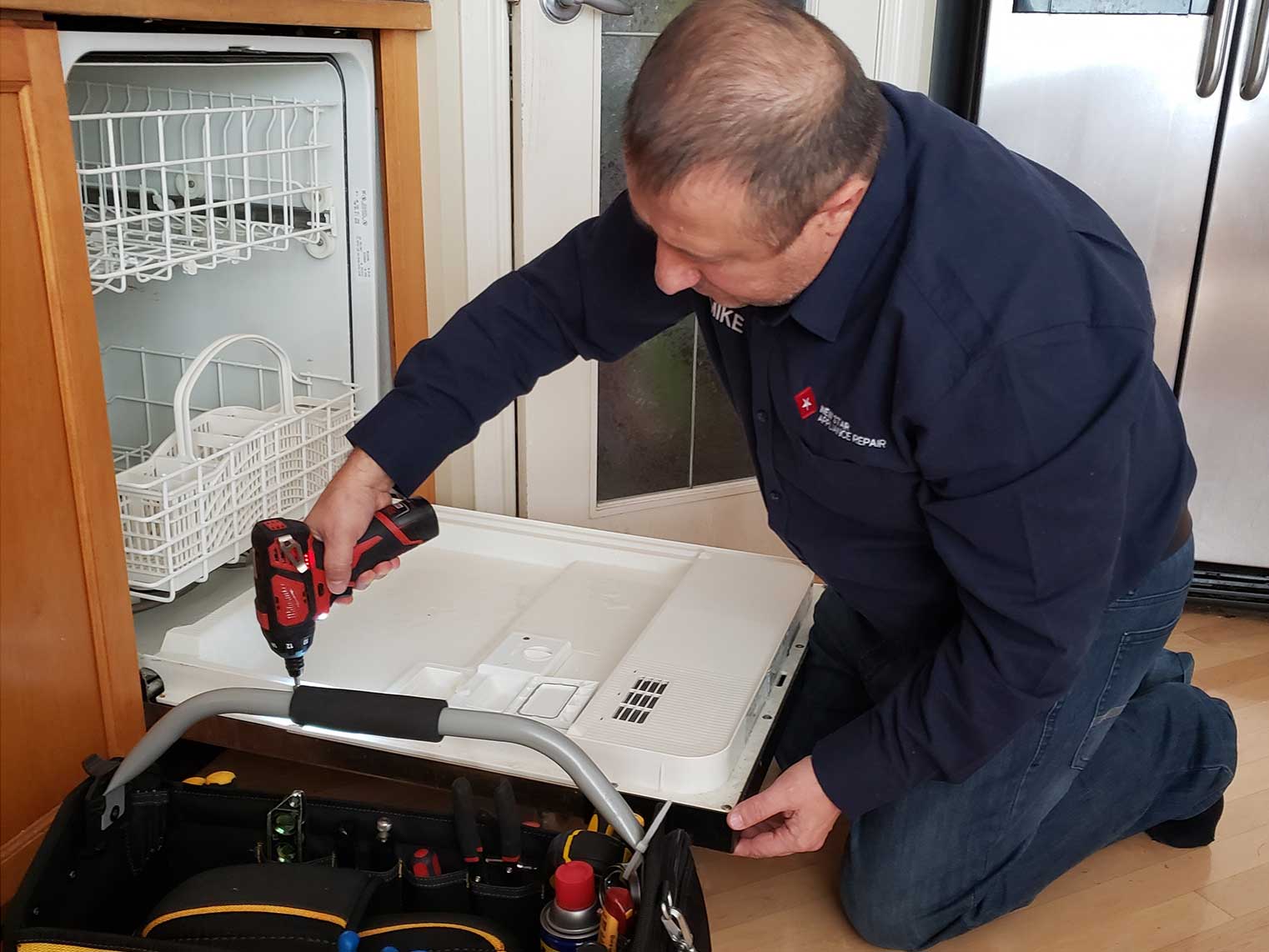
Here are Some Effective Steps for Unclogging Your Dishwasher Drain
- Clear the Dishwasher: Begin by removing all dishes and utensils from your dishwasher. Set them aside as they may need a rewash.
- Activate the Garbage Disposal: If your kitchen is equipped with a garbage disposal, run it to clear any debris that might be blocking the drain line connected to your dishwasher. Follow this by running a short rinse cycle in the dishwasher to see if the issue is resolved.
- Power Down the Dishwasher: Safety first—disconnect your dishwasher from its power source by unplugging it or switching off the circuit breaker to avoid any risk of electrical shock.
- Remove Standing Water: Before addressing the clog, eliminate any standing water in the dishwasher. Surround the base with absorbent towels to prevent spills, scoop out water with a cup, and then mop up the remainder with towels to expose the drain.
- Clean the Drain: Debris accumulation in the drain is common. Clear it by pouring a mixture of equal parts baking soda and vinegar into the dishwasher’s drain. Let this solution sit for about 15 minutes, then run a high-heat rinse cycle.
- Inspect the Filter: If the drain cleaning doesn’t clear the clog, check and clean the dishwasher’s filter for obstructions. Refer to the manufacturer’s guide for specific instructions.
- Examine the Sink’s Air Gap: Without a garbage disposal, your next check is the sink’s air gap. Remove and clean it by turning it counterclockwise and scrubbing out any collected debris. Once cleared, reinstall it and test the dishwasher.
- Evaluate the Drain Hose: Persistent clogging might be due to a blockage in the drain hose. Access the hose by moving the dishwasher away from the wall. Look for kinks or bends and straighten them. Disconnect the hose by loosening the clamp with pliers, check for obstructions, and flush with hot water or a suitable cleaner.
- Reattach or Replace the Hose: After ensuring the hose is free of clogs, reattach it. If the hose is damaged or severely blocked, consider replacing it.
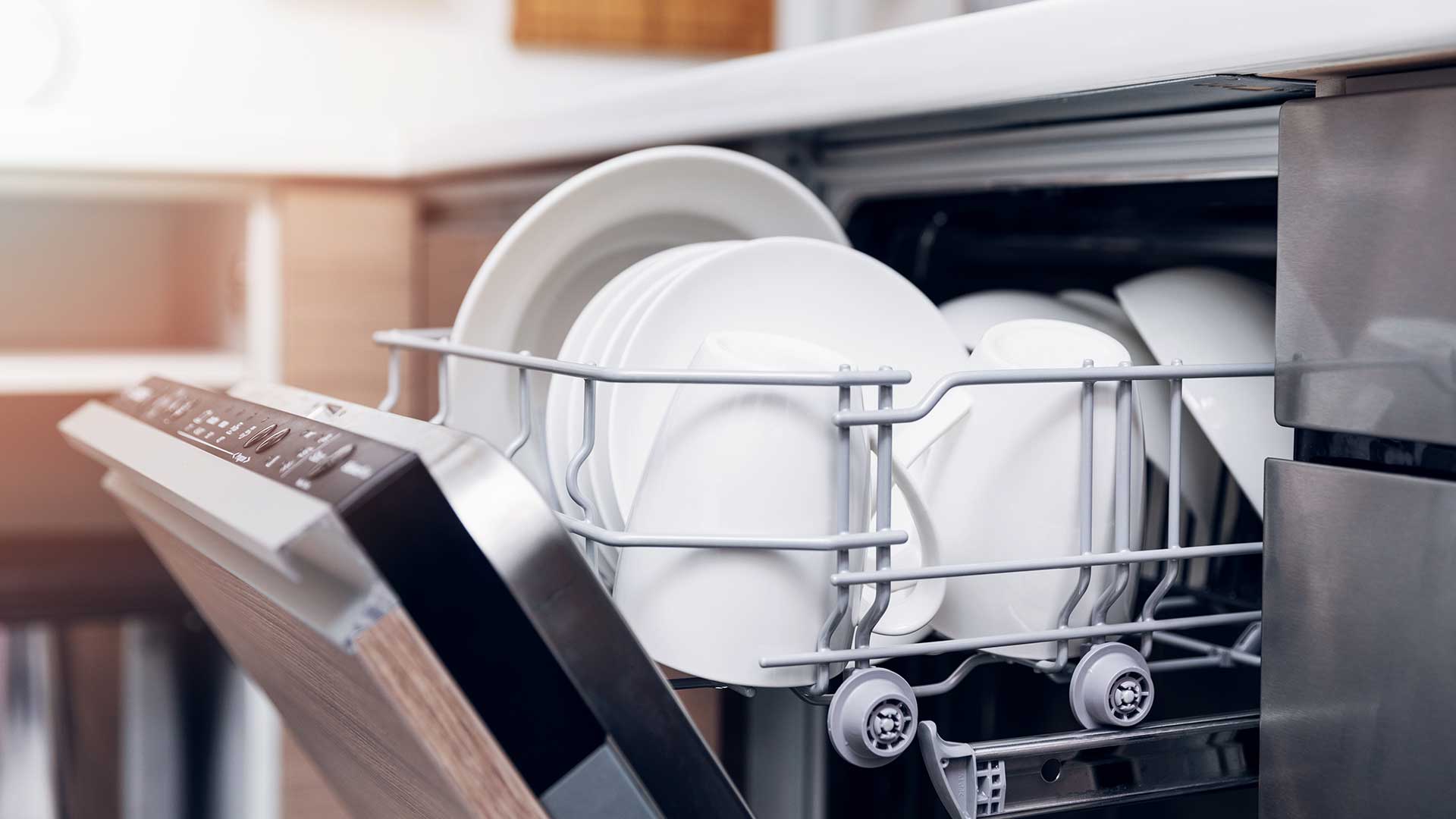
At New Star Appliances Repair, we’re your go-to for appliance repairs.
Our team is ready to assist with any issue, from a loud refrigerator to a washing machine that won’t turn on.
Call us 24/7 for Same Day Appliance Repair Services!




